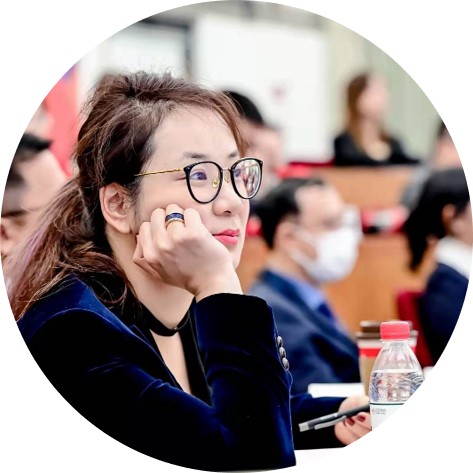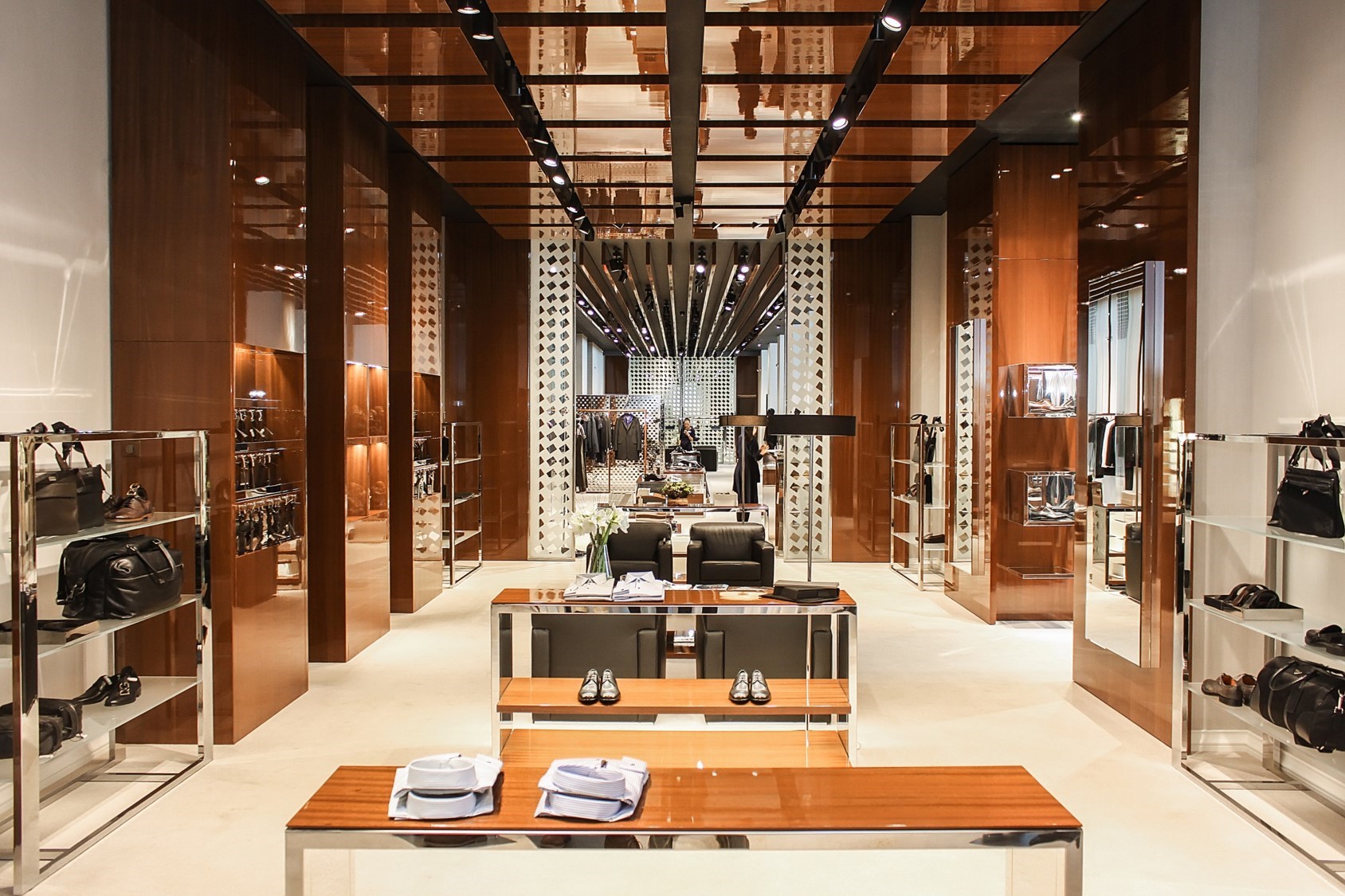Luxury retailing in China – A ‘once in a generation’ shakeup

Even before the pandemic, the luxury retail market in China was in a state of expansive growth and rapid transformation. Increasing digitalisation, greater inclusivity, and the enthusiastic participation of a new generation of luxury shoppers have all combined to consolidate China’s place as the biggest and most innovative luxury market in the world.
The pandemic has only served to accelerate these trends, and they show no signs of slowing down even as the world recovers from COVID-19. China’s luxury retail market is now more localised, competitive, inclusive and youth-focused than ever before, forcing every brand to be bold in its design, messaging, pricing and engagement strategies if it hopes to retain the interest of its audience, and, by extension, its market share.
To guide us through the recent development and future direction of luxury consumption in China, we invite three industrial experts to analyse the market from different perspectives.

Yajin Wang is an Associate Professor of Marketing at CEIBS and an expert in branding strategy, luxury brands, customer insights and consumer analysis.

Anne Cai is the VP of Human Resources and Corporate Communications for Moët Hennessy Diageo China. She joined LVMH Greater China in 2011 as Learning & Development Director, before moving internally to MHD in 2018. Anne is a current member of the CEIBS Global EMBA 2021 cohort.

Hans-Peter Bouvard is the General Manager of Rolex Beijing and has been with the brand for over 10 years. He is a CEIBS Global EMBA 2006 alumni.
Enter the pandemic – A wholesale localisation of China’s luxury market
A major new report entitled A New Generation of Chinese Consumers Reshaping the Market released this year by Tencent Market Insights (TMI) and the Boston Consulting Group (BCG) indicates how vast the Chinese luxury market is. According to the report, the market in the Chinese mainland is predicted to have grown by 23-25% in 2021. If this proves to be the case, it will represent a revenue jump of 100 billion RMB, taking its overall size to an astonishing 520 billion RMB.
Our observers all agree that even though China was already the most important single market for this industry in early 2020, the pandemic has been a major accelerant in this regard.
This sudden localisation continues to affect the market in different ways. Specifically, brands are under pressure to continue to quickly scale up supply networks to satisfy rising local demand, but without compromising on product quality. This remains a challenge when global supply and logistics networks are still being impacted by the COVID-19 pandemic. Looking ahead, leading brands are considering how best to create new products more quickly to satisfy the market. One factor is uppermost in their minds when forming new designs and supporting strategies – their customers are getting younger.
A New generation of luxury shoppers
It is not just the ‘where’ and ‘how’ luxury goods are sold in China that is changing, the ‘who’ is also undergoing a significant shift. The latest TMI/BCG report suggests that consumers in China entering their 30s will be the driving force behind the market’s growth, and that people aged 21-30 now account for 50% of total luxury consumers in China, contributing 46% of all luxury sales.
Professor Yajin Wang explains why younger consumers are more numerous and influential in the Chinese luxury market today:
Not only are younger consumers more comfortable with splashing out on luxury goods, it is easier for them to do so today. Brands have been working hard in recent years to narrow the price gap between the Chinese mainland and major luxury market hubs with lighter taxation, like Hong Kong and Singapore. Again, this is due to the sheer size and influence of the Chinese consumer base, prompting luxury brands to avoid overreliance on duty-free hubs for sales, and to subsequently bolster their physical presence in China. This can be seen in the ongoing trend of the flurry of brands’ flagship stores and prime retail spaces popping up in malls across the country.

No longer priced out of the market, younger shoppers are engaging with luxury consumption at previously unthinkable levels of confidence and consumer spend. Leading brands have been quick to capitalise on this, opening up the market to younger consumers in new and innovative ways.
Tailoring the market to younger tastes
Younger shoppers have already shaken up the luxury goods market in China, and their influence is here to stay. There is now a greater hunger not just for access to the market, but also for greater choice, and wider representation of different styles and fashion statements. In short, there is a hunger for novelty, and younger Chinese consumers are happy to bounce around different brands in order to get it. In the recent BCG/TMI report, only 40% of surveyed respondents claimed to feel any sense of loyalty to specific brands. 80% have tried new brands during the past two years.
Satisfying this hunger for novelty is a task that is being tackled across many different aspects of luxury brands’ operations. Anne Cai explains how and why:
Across the market, our observers see lots of brands experimenting with different youth-led aesthetics and design cultures. Many are moving away from the ‘classic’ high-class look, and are embracing emerging design concepts drawn from punk culture, street culture, hip-hop culture – anything that taps into the trends and concepts that speak to younger consumers. Another 2021 report, the 8th Edition of True-Luxury Global Consumers Insights from BCG and Altagama, suggests that Chinese consumers are increasingly preferring ‘extrovert attributes’ in their brands. Boldness is the new look, by all accounts.
However, while the design influence and spending power of younger consumers is strong and growing, it is not all-pervasive. Our observers note that many brands are not rushing to embrace any new design ethos, and are remaining conservative in their design, outlook and communications. This is also a deliberate strategy, as it suggests that the products of these brands – and the iconic look of the brand itself – are timeless. Even as everything changes so quickly around us, these brands sell the idea of permanence and reliability, a classic luxury feel that never goes out of style.

Still, the influence of younger consumers is a trend that may yet touch on every segment of the luxury industry. The youthful desire to push boundaries, seek new looks and experiences, and make bold fashion statements has already prompted major changes in design and marketing approaches.
Going digital – No longer a value-add, now a necessity

Our three observers all agree that physical, in-store shopping will remain the central sales avenue for the luxury market for the foreseeable future. However, they also agree that a digital presence, tailored to customer preferences and innovative in nature, is essential for any luxury brand in China.
In terms of sales, digital has a solid and expanding foothold in China’s luxury market. Online channels are predicted to hit 22% market share by the end of 2021. This demonstrates the growing comfort level of Chinese consumers to make even substantial luxury purchases online. Even the more conservative luxury brands are now launching T-Mall stores, dedicated online sales channels and mini programmes in WeChat. Previously, the conventional thinking was that consumers would be wary of spending tens of thousands of RMB online, without seeing the actual, tangible product, but now leading brands have been busily reinforcing the image of trustworthiness of their digital sales channels, while also improving the enjoyment and overall ‘wow’ factor of online luxury shopping.
The pushing of digital boundaries in luxury shopping in China is partially due to the spectre of the physical restrictions imposed during the early phases of the pandemic. In the event of future lockdowns, brands want to be able to engage more meaningfully with their customers online, hopefully avoiding drastic drops in sales figures. However, the acceleration of the industry’s digitalisation is also decided by the nature of Chinese consumers themselves.
Looking ahead – What’s next for luxury in China?
To finish our overview of China’s luxury retail market, we asked each of our interviewees to highlight specific key challenges and opportunities that they think brands will face in the near future.
So, against a backdrop of increasing technological and design innovation, and greater engagement with younger consumers over more communication channels, China’s luxury market is currently in a state of highly experimental flux. While there is not an even pace of innovation and change occurring across the different luxury segments, the need to adapt is being felt by all. Pushed by the pioneering nature of Chinese consumers, and the ever-present possibility of further world-shaking events like the pandemic, luxury brands are experiencing a once in a generation shakeup of everything from design processes, to supply chain management, marketing strategies and even the whole distribution channels.
The changes that have been accelerated by the pandemic are not likely to be reversed. The ‘new normal’ state of China’s luxury retail industry is a predominantly localised consumer market, one with a growing youth influence and a sophisticated aptitude for digital engagement across all touchpoints and channels. This makes it a more imposing and challenging market than ever, but one offering greater rewards than anywhere else in the world to luxury brands who can get it right.














